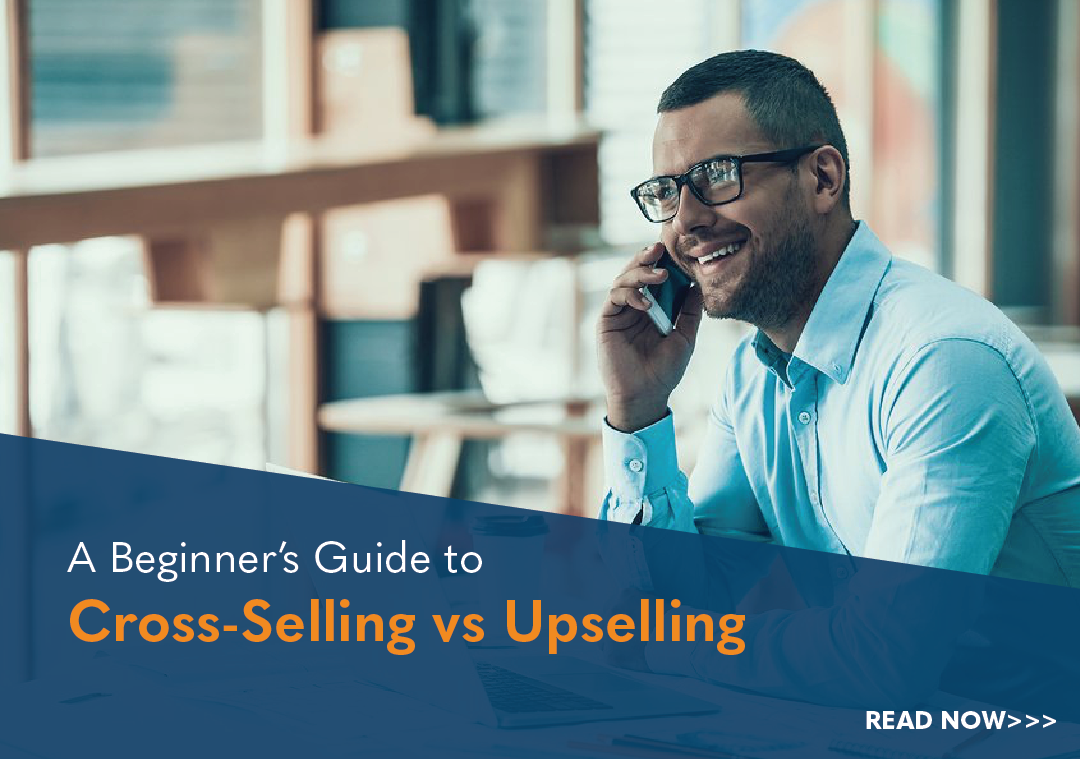How to Keep the Sales Process Moving Forward

Let’s start by breaking down the typical sales process into various, high-level stages. In so doing, we have: prospecting, opening sales interactions, discovering needs, presenting solutions, gaining commitment, and expanding relationships.
When looking at the sales process from beginning to end, it becomes clear that each stage presents its own unique challenge. However, it’s not always the stages themselves that prove the most difficult, but rather the act of progressing from stage to stage, thus making it from the beginning, through the middle, to the end of the sales process.
Today’s post will address exactly that: best practices for keeping the sales process moving forward. What we have found is that there are critical activities that occur between the stages that can have a profound effect on the outcome of a sale.
Involve the Prospect
The last time we checked, a sales interaction is never the result of just one person’s efforts. If you’re a seller, you need a buyer in order to make the sale happen. In other words, make your prospect an important part of the process as early on and as often as possible!
Of course, there are certain parts of the process – like needs discovery – where prospect involvement is vital. But try thinking beyond that. Once you’ve discovered needs…then what? What are you doing between calls and other touch points to keep the prospect actively involved in the process?
Let’s say you’re just about to wrap up a really good call – the level of rapport is building steadily, and your interactions have become less formal yet still productive. During the call, the prospect has shared with you concerns from her CEO regarding some desired functionality that your product does not appear to offer. In response, you’ve pointed out what your product does do that’s even more effective and will actually save them money in the long run.
At this point, what would be an appropriate way to close the call?
“Okay great, I’ll follow up next week and we’ll see where we are.”
Hint: this is not it.
You’ve just learned a very important piece of information and (in your eyes) were able to successfully counter the CEO’s concern about your product. Before you speak with your prospect again, it is important that they do something on their end, which is, to share with their CEO what you’ve shared with them!
You may think this is a no-brainer, but don’t. Your prospect is busy with their own list of tasks, likely none of which is moving your sale along in a forward motion. That’s your job. If you don’t ask them to do something on their end – something that keeps them involved in the process – the likelihood exists that they will disengage, meaning that your next call could pick right back up where you left off – at a standstill.
Instead, here is how that call should have been closed:
And just like that you’ve involved the prospect in the next steps. And by establishing action items for both parties, a feeling of joint accountability is fostered. You’re in this together.
Speak in Specifics
Salespeople (and really, most people) are guilty of speaking in vague generalities e.g., “Yeah, we should really get together sometime” or “I might be able to make it…not sure yet” or “I’ll fix the faucet when I get around to it”
Non-committal statements like the ones above – even through their vagueness – send one of three very clear messages:
- I’m afraid of rejection
- I’m trying not to offend you
- I’m not taking this seriously
Don’t send any of these messages to your prospect.
Speak definitively, in specifics, and stand by your word. When you say you’re going to do something, do it – and do it when, where and how you said you would.
Let’s take the same call closing previously discussed. We left off with action items having been assigned for both parties, but now what about establishing the follow up? What would be an appropriate way to end the call?
“I’ll follow up next week and we’ll see where we are.”
Hint: this is still not it.
You’ve just sent the message that you’re not confident about either your abilities or the abilities of your product, and really, you’re not taking this sale or this client very seriously.
Instead, here is how the call should be closed:
Instead of hemming and hawing over upcoming joint availability, remove the guesswork and narrow the follow-up window. By pre-picking a day and even suggesting a time, it shows that you’re serious and therefore forces the prospect to take the follow up seriously. It’s much easier (for both parties) to brush off a call arbitrarily scheduled for “next week.”
Capitalize on Momentum
The overarching goal here is to capitalize on the hard work you’ve already done within the sales process: gained the appointment for the call, established rapport, created awareness of needs, and even presented a solution. While each of these is a high-inducing victory of its own – none of them results in the close of a sale.
In other words, celebrate the small victories, but don’t dwell. Instead, capitalize on the momentum those victories produce and strike while the iron is hot. Don’t let the momentum fizzle with cold, vague, un-actionable responses that move you further away from reaching the next step in the sales process.
Keep moving forward. Always moving forward.

- Account Planning (16)
- Awards (42)
- Client Testimonial (37)
- Personal Branding (21)
- Podcast (12)
- Research (77)
- Sales Career Development (90)
- Sales Coaching (164)
- Sales Consulting (141)
- Sales Culture (181)
- Sales Enablement (380)
- Sales Leadership (110)
- Sales Management (267)
- Sales Negotiation (11)
- Sales Prospecting (136)
- Sales Role-Playing (19)
- Sales Training (242)
- Selling Strategies (279)
- Soft Skills (78)
- Talent Management (101)
- Trusted Advisor (29)
- Virtual Selling (57)
- Webinar (13)




























